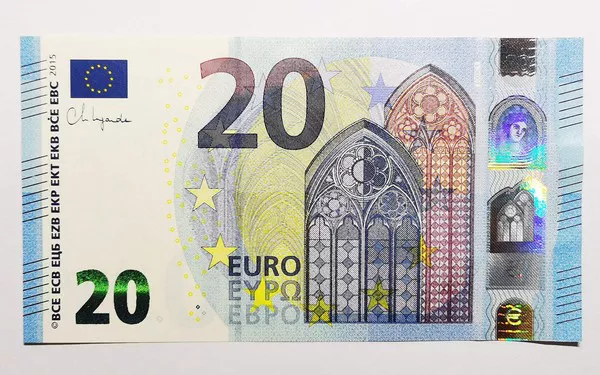There are four main types: 1. Spot transactions.
Also known as “transactions”, generally refers to transactions that must be settled on the same day.
But in Japan and Asia, spot transactions between foreign exchange banks are mostly settled on the second business day.
Spot transactions in the United States and Europe are usually settled within two business days of the transaction.
2).
Also known as “forward exchange transaction”, it refers to the foreign exchange transaction in which the buyer and seller do not need to pay the domestic or foreign exchange immediately when the sale contract is established, but agree in advance to settle on a certain date in the future.
In general, large transactions are carried out in the way of forward transactions.
The main functions of foreign exchange exchange transaction include hedging and speculation. Hedging refers to selling or buying foreign exchange with an amount equal to a foreign currency asset or liability, so that the value of this foreign currency asset or liability expressed in local currency will not be affected by changes.
Speculation, on the other hand, involves deliberately holding long or short positions in foreign currencies in anticipation of changes in the exchange rate in the hope of exploiting them to make a profit.
3. Swap transactions.
A foreign EXCHANGE transaction in which YOU BUY a certain currency and sell the same amount of that currency at different delivery dates.
Generally, there are the following forms :(1) sight to forward.
The most common form of swap is to buy or sell an advanced exchange at the same time as you buy or sell a spot exchange.
For example, the foreign exchange funds on hand of some bank are temporarily redundant, but there is a need to pay in the future, the temporary surplus funds can be sold to other banks by the way of spot transaction, and it can be bought back by the forward way at the same time.
(2) forward to forward.
It is to sell or buy the longer forward of a currency while buying or selling the shorter forward of the currency.
The advantage is to take advantage of favorable exchange rate opportunities.
For example, a bank in Germany will pay out $5 million after six months, and will receive another $5 million in income after a month.
The market exchange rate is: Spot: USD 1 =2.1500/2.1510 one-month forward: USD 1 =2.1450/2.1470 Deutsche Mark six-month forward:
$1 =2.1220/2.1250 DM A forward to forward swap that buys the six-month forward (2.1250 DM) and sells the one-month forward (2.1450 DM) yields a net gain of 0.020 DM per dollar.
(3) Tomorrow versus the next day.
That is, the second business day (tomorrow) after the transaction, and the third business day (the next day) for reverse delivery, often used for interbank overnight funding.
4. Elective foreign exchange transactions.
Elective means that the buyer can deliver at the agreed exchange rate on any day in a certain period of time (usually within a month and a half) in the future. Therefore, elective foreign exchange transaction is a transaction with an unfixed delivery date, which belongs to the category of forward foreign exchange transaction.
The advantage of the selective transaction is: for enterprises, importers to provide the flexibility of trading foreign exchange, to ensure that cash on delivery or bill of payment, can be timely, can avoid the forward trading delivery date fixed shortcomings.
The disadvantage is: because the bank usually calculates the discount on the last day of deliverable, the longer the elective period, the more the customer will lose. To obtain the convenience of the elective period, the customer will have to lose some more discount.
The worsening situation in Russia and Ukraine pulled oil prices up more than 6 percent, U.S. stocks fell again gold took the opportunity to rebound, focus on PPI data.
Please pay attention to the specific operation, the market is changing rapidly, investment needs to be cautious, the operation strategy is for reference only.



























